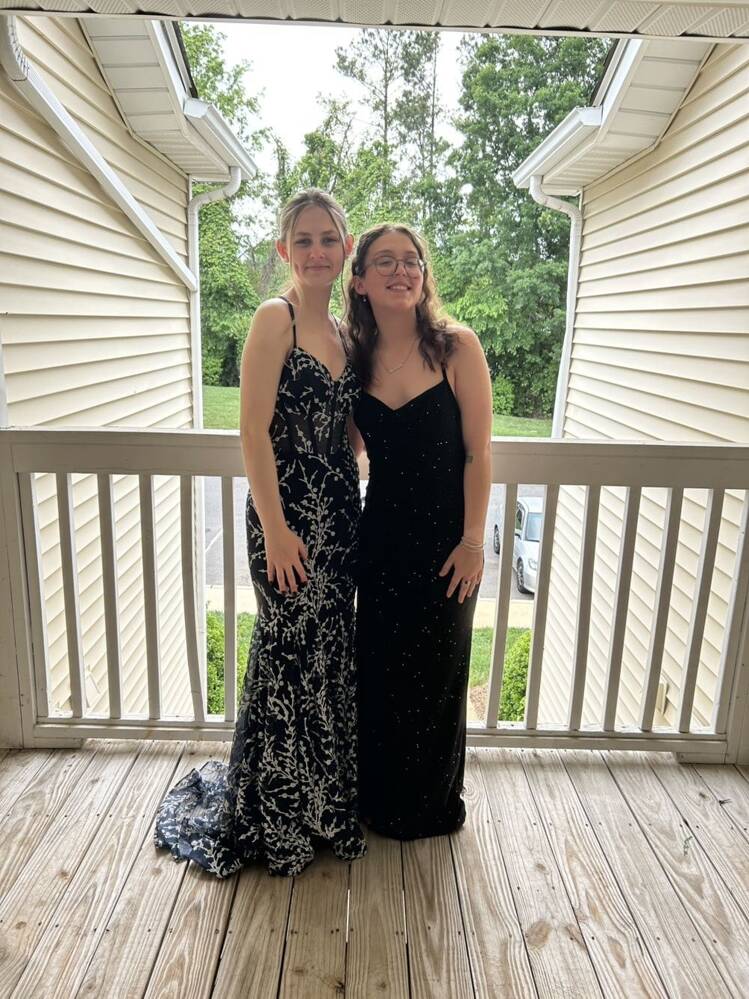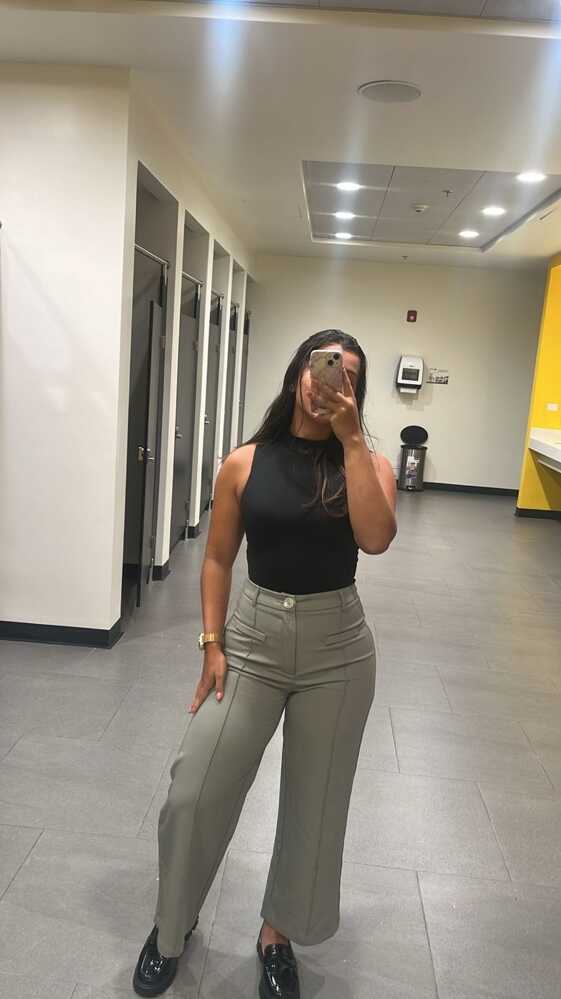
Dog owners love making custom clothing to keep their pets warm and stylish. PDF patterns let them create comfortable, tailored outerwear that fits their dogs just right. Pet parents can save money and choose quality materials to make perfect clothing for their beloved companions.
The complete guide shows you how to make a custom dog hoodie from start to finish. You'll learn to select materials and get the perfect fit for your pet. Readers will discover proper measurement techniques, pattern adjustments, simple sewing methods, and professional finishing details. The instructions work great with fleece, knit fabrics, and other materials to create a cozy, well-fitted hoodie that suits any dog's size or breed.
Gathering Materials and Taking Measurements
The right materials and accurate measurements are significant steps to succeed with your dog hoodie project.
Required Materials
Here's what you'll need to make this:
- Up to 1¼ yards of sweatshirt fleece that stretches well (amount varies with dog size)
- ¼ yard of ribbing for cuffs and waistband
- One yard of cord if you want hoodie pulls
- One to two cord stops
- Two 5/16" eyelets
- One button snap made of plastic or metal
- Soft measuring tape
- Fabric marking pen
- Pattern template you can download as PDF
How to Measure Your Dog
Your dog needs accurate measurements that you can take with some patience. These three measurements will help you get the right fit:
-
Neck Measurement: Wrap the measuring tape around your dog's neck base where the collar sits. Leave enough space to slide two fingers between the tape and your dog's body
-
Chest Girth: Place the measuring tape around the widest part of your dog's chest right behind the front legs. The tape should wrap over the shoulder blades and around the rib cage
-
Body Length: Ask your dog to stand and measure from the neck base at the shoulders to where the tail begins
Sizing Tips
These professional guidelines will help you get accurate measurements and the best fit:
The "two-finger rule" stands as a fundamental guideline - you should always have enough room to slip two fingers between the measuring tape and your dog's body. Your dog falls between sizes? Pick the larger size.
The tape measure needs proper positioning at the widest part of the rib cage to measure chest girth accurately, not just behind the armpits. Male dogs might need a slightly shorter length measurement if the hoodie lacks a belly cut-out.
Your dog's measurements deserve a proper record that you should update yearly. Even fully grown dogs show changes in their body shape and size as time passes. The most accurate results come from measuring twice while your dog stands straight during the process.
Creating the Pattern
A properly fitted dog hoodie needs the right pattern. The pattern offers six sizes from XS to XXL to fit dogs of all sizes.
Downloading the PDF Pattern
A downloadable PDF file gives you access to this pattern that has detailed sizing charts and assembly instructions. The pattern works best with 4-way knit fabrics that can stretch up to 50%. Each size comes with clear visual aids and step-by-step instructions that help you assemble the pattern accurately.
Adjusting the Pattern for Your Dog's Size
Chest measurements play the most significant role at the time of pattern adjustment because they present the biggest modification challenge. Small breed patterns with knit fabric need additional allowances of 2-3cm for chest and 2cm for neck measurements. The required allowances increase for medium breeds, needing 4-5cm for chest and 2-3cm for neck. Large breeds demand even more space with 7-8cm chest allowance and 3-4cm neck allowance.
Crafters can modify patterns by extending the fold line or bottom edge of the back panel. These modifications must line up with matching changes to the chest panel, which ensures proper side seam placement.
Cutting Out the Pattern Pieces
Start by cutting the top and side edges of all pages. Next, arrange them from left to right in alphanumerical order. Your complete pattern should include:
| Pattern Piece | Quantity | Cutting Instructions |
|---|---|---|
| Sleeve Panels | 2 | Cut from fleece fabric |
| Pocket Panels | 2 | Cut on fold from fleece |
| Hood Panels | 4 | Cut from fleece fabric |
| Back Panel | 1 | Cut on fold from fleece |
| Chest Panel | 1 | Cut on fold from fleece |
| Waistband Panel | 1 | Cut on fold from rib knit |
| Cuff Panels | 2 | Cut on fold from rib knit |
Cut the hood pieces face-to-face or with right sides together to achieve proper arrangement. The hood requires four pieces total when adding a lining - two from the main fabric and two from the lining material.
Fleece fabric's edges don't need finishing, which makes the construction process easier. Make sure to transfer all pattern markings with a regular pencil or fabric marker, including notches and dash lines for leash openings.
Sewing the Dog Hoodie
The construction phase transforms the dog hoodie pattern into reality with precise assembly. Careful attention to detail and doing this in sequence will give a professional finish and comfortable fit for your furry friend.
Assembling the Main Body
Start the assembly with the main body panels. Take the hood panels and place their right sides together. Sew along the back arched edge with a quarter-inch seam allowance. The pocket construction requires you to line up the right sides together and sew all but one of these edges, leaving the top opening. Turn the pocket right side out after sewing. The top edge needs securing with a straight stitch or zigzag stitch when working without a serger.
Key Construction Tips:
- Place the pocket about three inches from the back panel's bottom
- A straight stitch and reinforced tack stitches will secure the pocket edges
- Check seam alignment properly before you start stitching
Attaching the Hood
The hood attachment needs proper arrangement to fit correctly. You should mark the neckline centers on both chest and back panels. The hood goes inside the opening with right sides together, and its center seam should match the back center. Start the stitching process from the chest panel to keep the hood arranged properly. The final step requires a topstitch - fold the seam allowance toward the body panel.
| Seam Type | Allowance | Purpose |
|---|---|---|
| Main Seams | 1/4 inch | Standard construction |
| Hood Attachment | 1/4 inch | Secure fit |
| Topstitching | 1/8 inch | Professional finish |
Adding the Sleeves
Adding sleeves needs careful attention to make sure they fit and move well. Start by finding which sleeve goes on each side. Match the right sides together and arrange the sleeve's back edge with the back panel opening. You'll need to gently stretch the fabric while sewing to keep the edges straight.
To give it a professional look, add topstitching to both sleeve seams. Make sure the seam allowance points toward the back panel. This step makes the hoodie stronger and gives it a clean finish. Use the same method when you attach the second side of the chest panel, and add matching topstitching.
Next, sew the side seams from sleeve opening down to the bottom edge. Make sure the armpit seams line up correctly. The arm openings have curves, so cut small notches every half inch at quarter-inch intervals. This prevents bunching and lets the arms move freely.
To improve durability, you might want to add extra stitching where the fabric gets the most stress. Your hoodie should be easy to move in and keep its shape after washing. Test how it fits as you put it together and adjust the size before you finish it off.
Finishing Touches and Fitting
Professional finishing touches mark the final phase of custom dog hoodie creation and ensure both style and functionality. Careful attention to detail reshapes the scene as a simple garment becomes a polished, comfortable piece of pet wear.
Hemming and Topstitching
A garment's professional appearance depends on precise topstitching. Thread that matches your fabric will help hide small stitching imperfections. The process starts when you fold the raw edges inward and secure them with careful topstitching around the garment.
To achieve the best results, crafters should:
- Direct seam allowances toward the back panel
- Maintain consistent stitch length
- Press seams before topstitching
- Use matching thread color for invisible finish
Adding Closures
Dog owners and designers now prefer Velcro closures for dog clothing because they're convenient and adjustable. These practical fasteners make dressing quick and let you adjust the fit. This feature proves especially valuable when you have active dogs. You should place the closures where they're easy to reach while the garment keeps its shape.
| Closure Type | Best Use Case | Installation Location |
|---|---|---|
| Velcro Strips | Active dogs | Chest and belly areas |
| Snap Buttons | Formal wear | Decorative elements |
| Adjustable Cord | Hood closure | Around face opening |
A leash access hole at the hood's base will boost the hoodie's functionality. This design works well with harnesses and lets dogs wear the hood up. Your dog can enjoy protected daily walks with this practical feature.
Final Fitting and Adjustments
A perfect fit combines comfort with functionality in dog hoodies. Your dog's hoodie should reach the tail's base without any gaps around the chest. Dogs need enough room to move freely while staying warm.
Here's what you need to think over for the perfect fit:
- The chest should close properly without feeling tight
- Your dog's face should stay clear of the hood
- Movement should feel natural in every direction
- The hoodie should work well with a harness if needed
Dogs need time to get used to their new clothes. Start with quick indoor sessions and give treats to create good memories. This helps your pet feel at ease and move confidently in the new garment.
The hoodie's plush material (290 GSM) keeps dogs warm in cold weather. Its stretchy fabric and ribbed edges fit dogs of all shapes, maybe even those with unusual proportions. You can wear the hoodie under or over a harness, but putting the harness on first will give a better fit.
Watch how the fabric moves around your dog's legs and neck during the final fitting. Your pet should walk, sit, and play without the hoodie riding up or feeling restricted. Small changes to the hem or closures can help achieve that perfect fit.
The simple pattern works great for different seasons. You can create anything from summer tank tops to winter-ready versions. Pet owners can customize their dog's clothes while following the basic contours of this 2-year-old pattern.
Conclusion
Making custom dog hoodies is a rewarding project that blends practical skills with personalized pet care. Your dog's comfort and needs guide each step - from taking precise measurements to modifying patterns and applying professional finishing touches. This attention to detail will give a perfect fit, lasting durability, and functionality. You can express your creativity through fabric choices and design elements.
Pet owners who craft custom dog hoodies receive benefits beyond simple warmth and protection. These handmade garments offer better quality control, exact sizing, and superior durability compared to mass-produced options. Your furry friend's comfort and style in a personally crafted hoodie makes the whole creative experience worthwhile.
FAQs
Q: Where can I find resources for making dog apparel, such as a collared shirt or vest?
A: If you're looking to create a costume or specific piece of apparel for your dog, like a collared shirt or vest, you might consider starting with a basic pattern and adapting it. For instance, a simple dog hoodie pattern can be modified to include a collar or transformed into a vest by altering the existing design. You can download a PDF pattern for a dog hoodie and adjust it to suit your needs. This approach allows you to customize the garment for your dog's size and style preferences.















